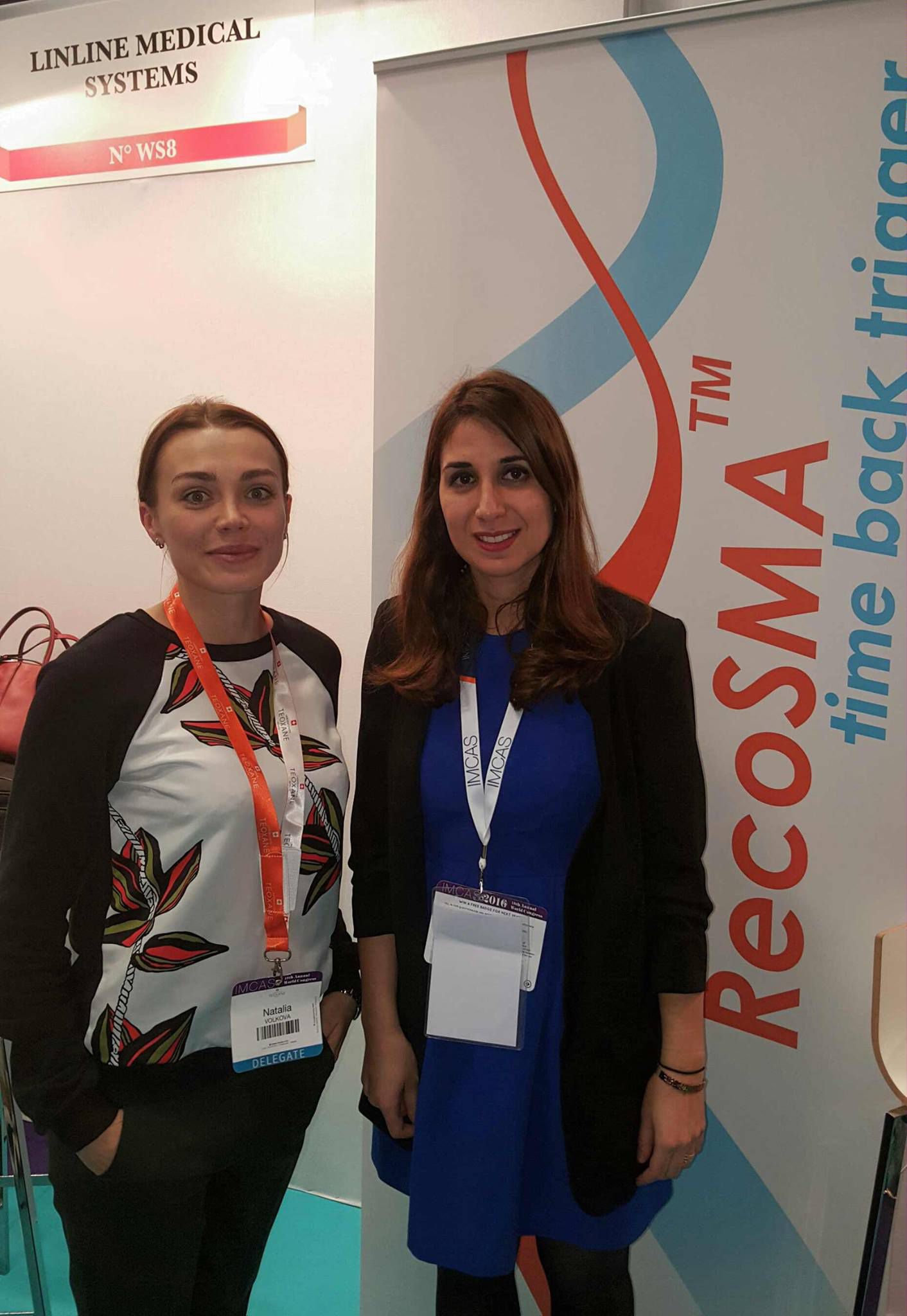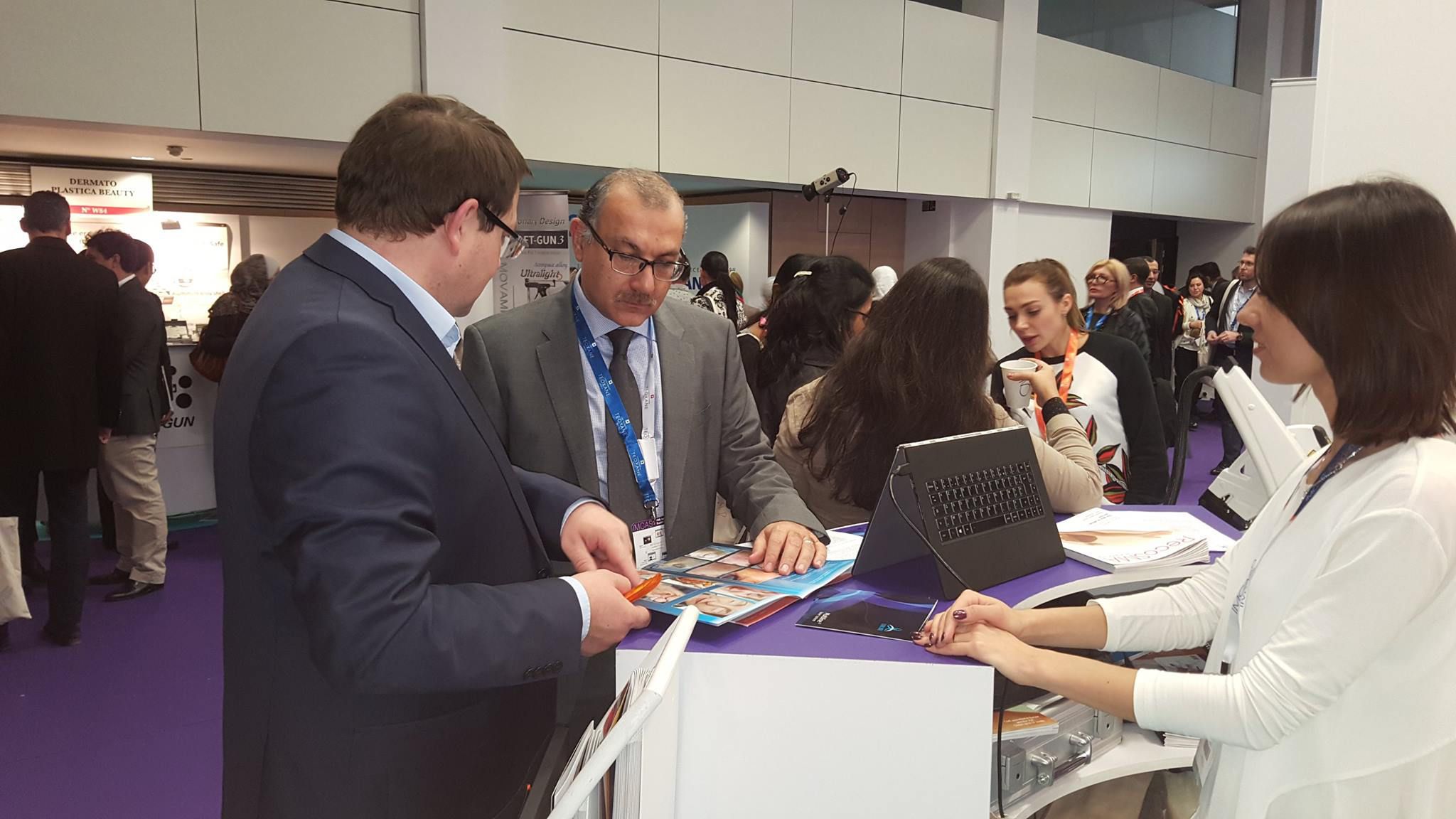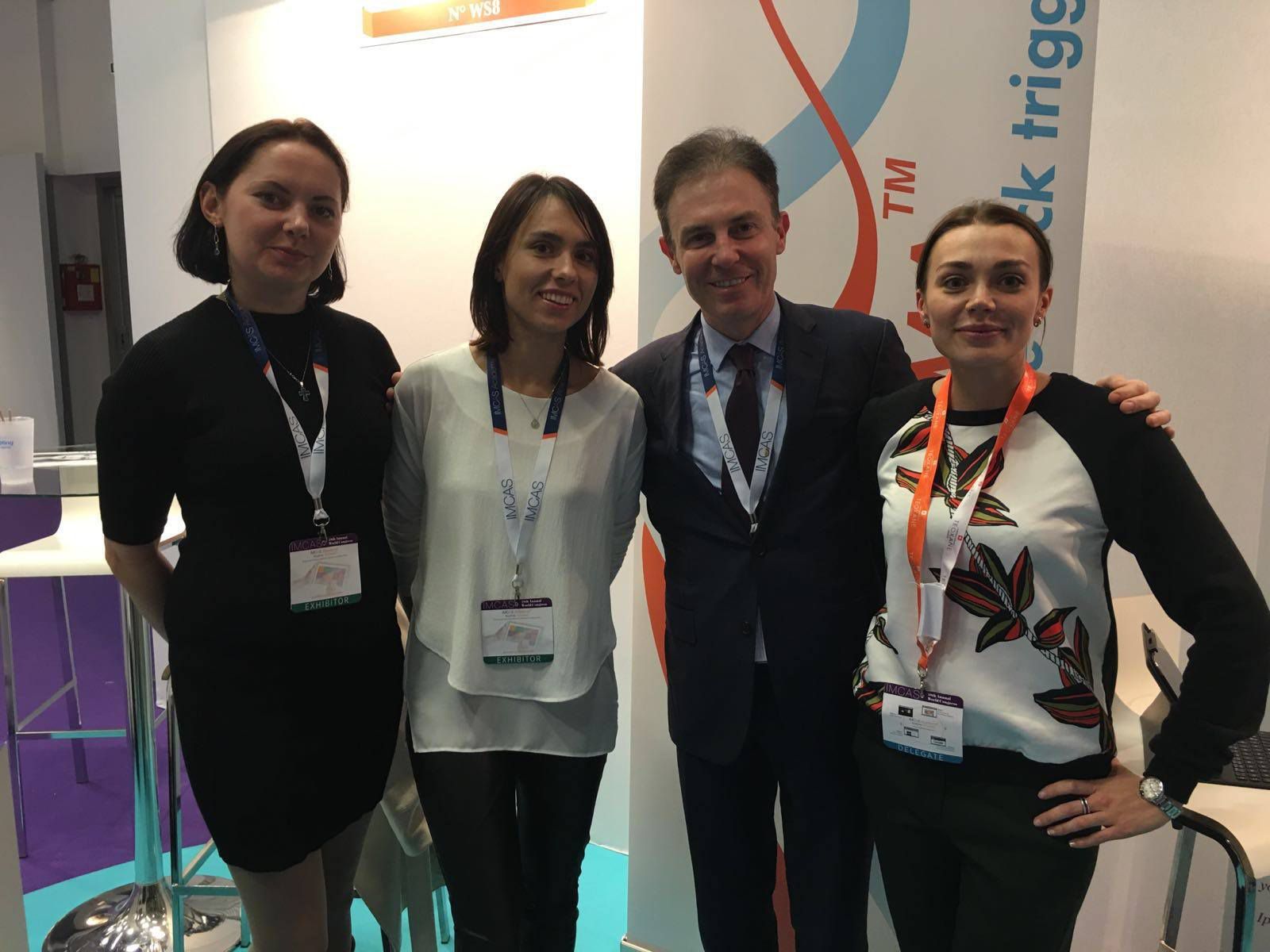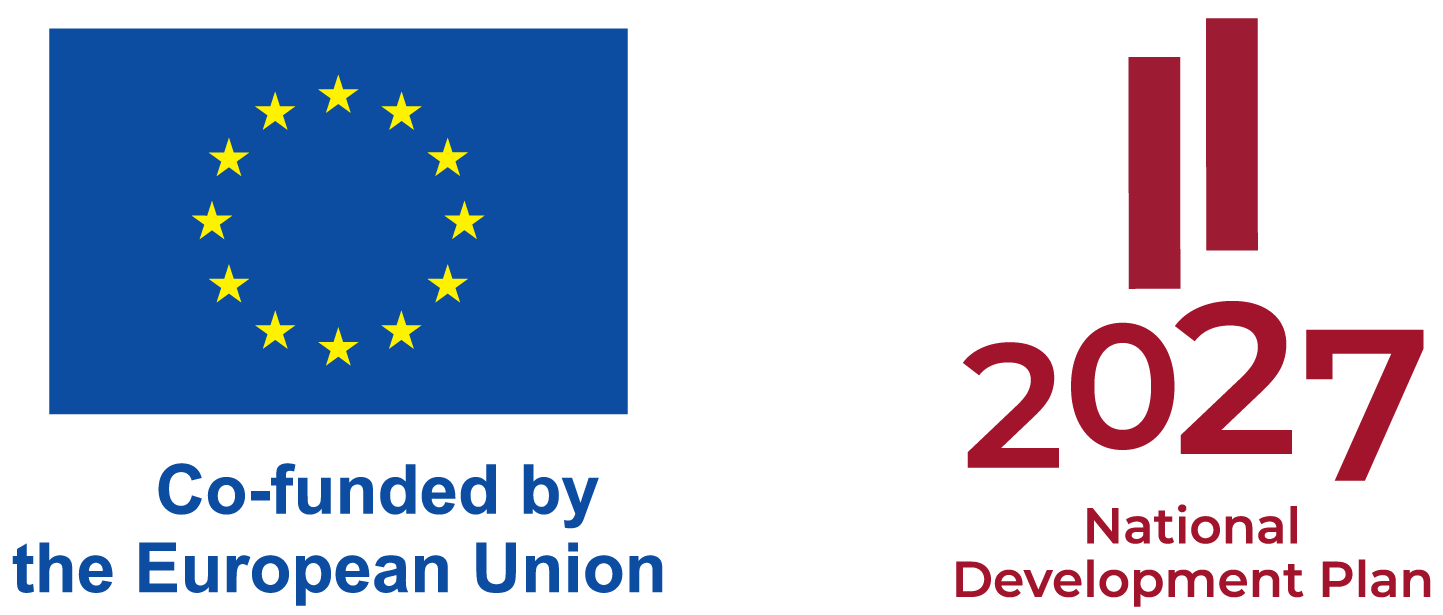LINLINE invites you to the meeting of IMCAS World congress 2016
LINLINE Medical Systems are delighted to take part at the IMCAS World congress 2016 18th Edition at the Le Palais des Congres de Paris, France, from 28rd to 31th of January 2016. IMCAS is dedicated to achieving the highest quality of teaching through the interface of Plastic Surgery and Dermatology.
Where to find us: Meet us at booth number WS8 on the 3d floor at the exhibition from 28th to 31th of January 2016.
About the program:
Date: Sunday 31 January 2016 at 11:00 to 12:00
Room: Room 6
Speaker: Dr Natalia Volkova, PhD
Lecture title: RecoSMA - Er:YAG (2936nm) laser equipped with the SMA module
Abstract:
Introduction: Contemporary laser technologies of facial rejuvenation are based on dermis restoration and presented by different ablative or non-ablative methods. RecoSMA is a new unique technology for skin rejuvenation which changes not only the dermis but SMAS also. It’s a method with the use of Er:YAG (2936 nm) laser equipped with the unique SMA module (lens system). The concept of RecoSMA is the mechanical cell disruption in the depth of the face tissues under the influence of acoustic waves induced by the laser. It’s a non-thermal and non-fractional method. The aim of the study is evaluating the efficiency of skin rejuvenation with the new Er:YAG laser associated with the Spatially Modulated Ablation (SMA) module.
Material & Methods: 100 female outpatients with the age of 29-70 years. Excluding criteria: internal chronic and skin diseases, pregnancy and lactation. Assessment methods: Modified Fitzpatrick Wrinkle Scale (MFWS); ultrasound skin examination. Patients had been treated with the Er:YAG laser and the 5 mm SMA module;3 Hz;2,21 J/cm2. Skin condition was assessed before and on 7-10th,30th days after the treatment.
Results: Recovery time (hyperaemia and skin desquamation) was 3-7 days; There were no complications. The decrease of the wrinkle depth (MFWS) on 7-10th days: in forehead area–25,02±21,70%; in periorbital area–27,22±17,39%; in nasolabial fold area–18,01±14,70%. The decrease of wrinkle depth on 30th days: in forehead area–40,86±26,14%; in periorbital area–38,18±19,41%; in nasolabial fold area–24,26±18,45%. The ultrasound skin examination detected increase in: dermis thickness –24,8±12,2%, dermis density–39,0±16,8%, SMAS thickness – 28,9±19,2%, SMAS density–79,1±58,4%.
Conclusions: Resulting data confirmed high efficiency of the new method based on laser-generated acoustic waves (RecoSMA). The data of the ultrasound skin examination accorded positive changes in dermis and SMAS. The skin changes were recorded on 7-10th days and cumulated gradually.
Date: Sunday 31 January 2016 at 12:00 to 13:00
Room: Room 6
Speaker: Dr Barbara HERSANT
Lecture title: Multifractional laser with recosma technology for facial skin rejuvenation
Abstract: The aim of this study is to evaluate objectively and subjectively the clinical effectiveness and safety of Er YAG laser 2940 nm with ReCoSMA technology for facial skin rejuvenation.
Thirty-four patients aged 30 to 72 who showed varying degrees of wrinkles and irregular skin texture, were enrolled in this prospective study. Each patient underwent two sessions of laser treatment over one month intervals. Treatment was performed with an Erbium: YAG laser (Er:YAG; laser emits wavelength of 2940 nm) combined with RecoSMA technology producing a resonance effect in the dermis that stimulates tissue regeneration.
Improvement in the elasticity and firmness of facial skin was evaluated objectively using a Cutometer® Dual MPA 580. The skin measurements were performed at baseline and at 6 months after treatment. The aesthetic improvement was assessed qualitatively by investigator using digital photographs. During the study, patients were asked to assess their satisfaction to facial appearance using validated scale FACE-Q and age appraisal VAS at baseline and at month one and six. Side effects were also reported after each treatment.
The results of calculated skin elasticity indices showed significant improvement of R5 (net elasticity), values showed a significant increase from base value of 0.335±0.015 to 0.387±0.021 at 6 months after the final session (p=0.05). The skin firmness was measured, R7 (biological elasticity) exhibited considerable and significant improvement from baseline 0.235±0.01 to 0.2709±0.009 at 6 months (p<0.03). For R6 values (viscoelastic ratio), results showed a significant decrease from baseline value of 0.486±0.022 to 0.3918±0.023 at 6 months (p<0.006), negative value of R6 reflect the improved skin condition.
Patient’s facial appearance satisfaction FACE-Q scores increased significantly from baseline 39.4±6.7 to 45.4 at 1 month (p<0.006) and 50.4±9.8 at 6 months (p<0.0001) showing an improvement in skin wrinkles and skin rejuvenation.
Updated:




